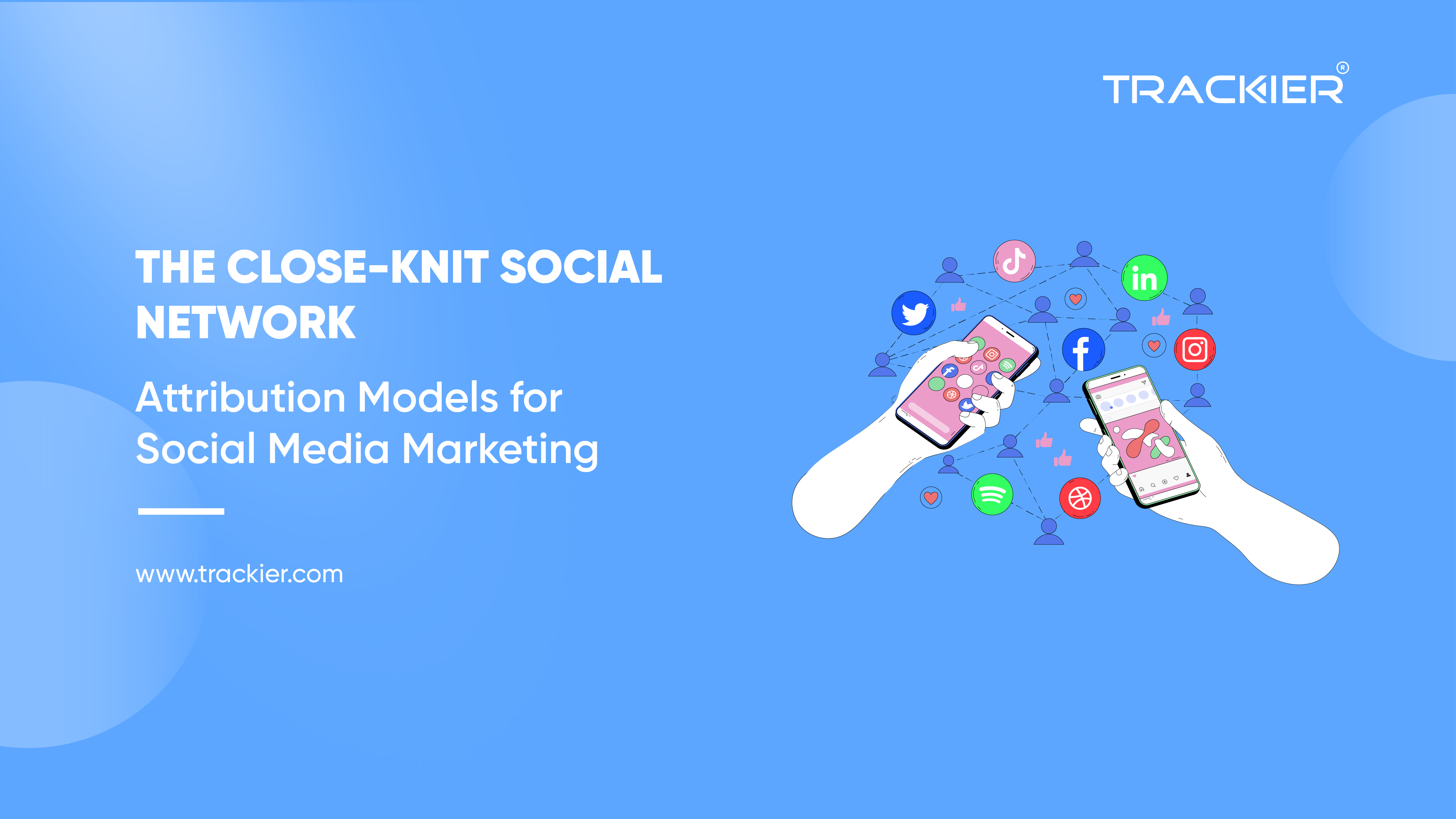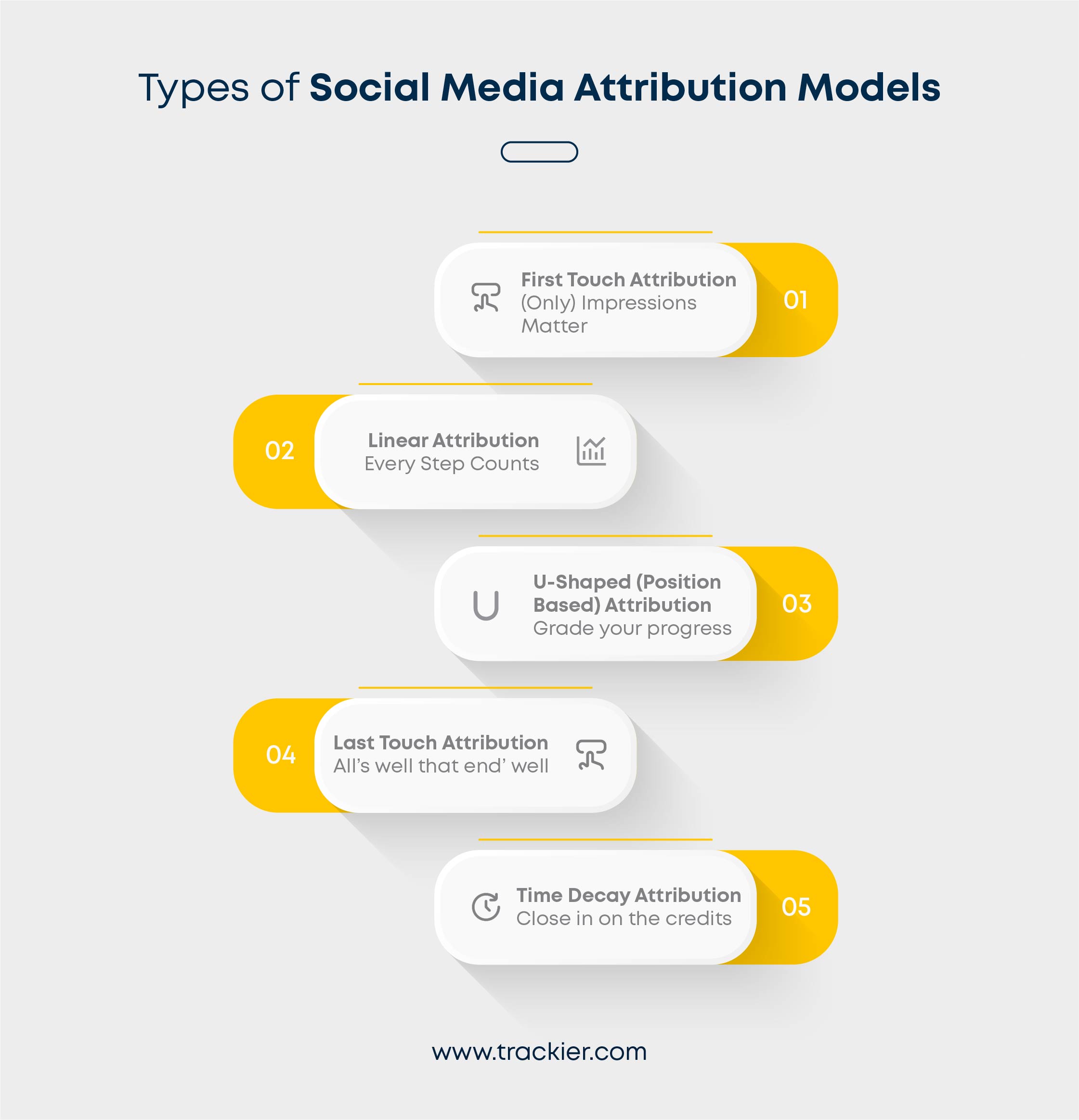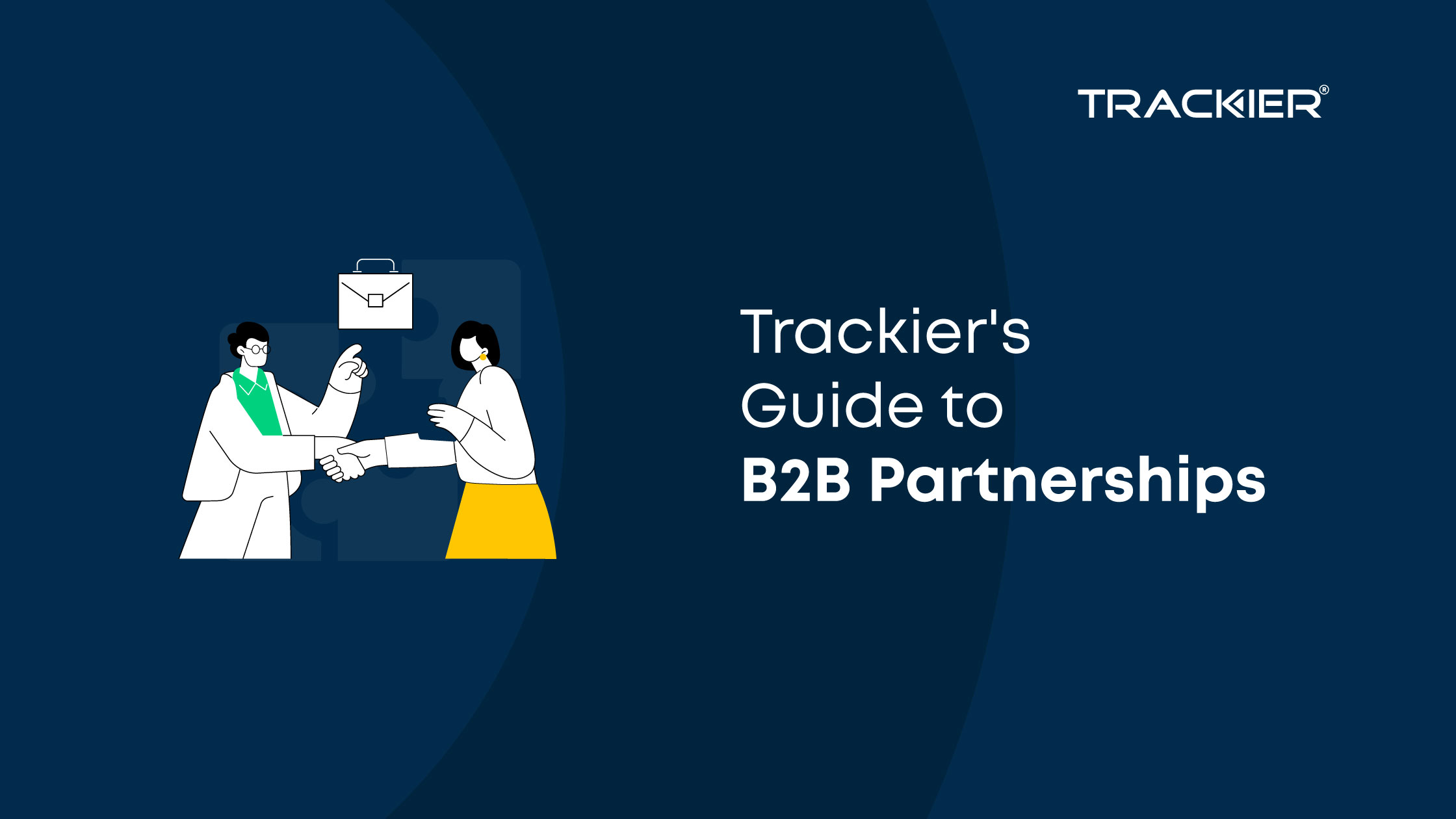In a world of eight billion people, having direct interaction with your target audience is quite a tedious task. And truth be told, it takes more than a single impression to register your brand in the minds of all these spread-out consumers. That’s where social media marketing comes to your rescue. Digital networking platforms like Instagram, Facebook, LinkedIn, Reddit, etc. allow you to create a community for your brand, one that you can indulge in to be aware of your consumers’ demands. But are the vanity metrics of likes, comments, and shares enough to give you an accurate picture of “what’s (actually) up” with your audience? How are you to know if your social media campaigns are influential enough to make users subscribe or purchase from your brand? Or, how many times did your social media campaigns turn a “hard sell” into an easy one? That’s where social media attribution models step in to answer all these queries and more!
So, if you’re also struggling with the stress of social networking, this one’s for you!
First Things First: What are Attribution Models?
Just as the name suggests, attribution models are frameworks that define the value of each digital touchpoint that led to a conversion. They help you trace the customer journey through the sales funnel, giving you a detailed overview of when (or where) customers first interacted with your brand, how they responded to your media campaigns, and ultimately, what paced their decision-making process. Not just that. Going over your social media attribution model can also prove to be an insightful task, especially if you’re looking to find:
- How many leads/sales are you generating through each channel?
- What are the significant sources of your conversions?
- How much time does it take for a potential lead to convert into a sale?
- Which channels deliver the best ROI?
- Are there any cross-channel interactions in your campaign?
Social media attribution modeling is essential for every brand, regardless if you’re starting out or already established in the market. Depending on the amount of precision you seek, you can use many ways to lay down your attribution model. However, it’s best to use a social media attribution software that can comprehensively deliver real-time updates, so that you don’t miss out on the latest “viral” trends while filtering the campaign data!
The Keynote: What are the Different Models for Social Media Promotion (And When Should You Try Them?)?
There are three types of marketing attribution for social media, namely first-touch attribution, last-touch attribution, and multi-touch attribution, that are divided based on the number of touchpoints tracked in them.
1. First Touch Attribution Model
An attribution model that assigns all credit for a conversion/sale to the first touchpoint that a customer interacts with before taking the desired action. It assumes that the first touchpoint is the most important in influencing the customer’s decision to convert.
Use Case: Useful for understanding how customers first discover a brand or product, and it can help businesses optimize their top-of-funnel marketing efforts.
Cons: Does not reflect the complexity of the customer’s journey, or provide a complete picture of their decision-making process. Therefore, it won’t be a good choice for B2B businesses.
2. Last Touch Attribution Model
An attribution model that assigns credit to the last touchpoint that a customer interacts with before converting. This means that the touchpoint immediately preceding the conversion event receives all the credit for the conversion, regardless of the customer’s interactions with other touchpoints along the customer journey.
Use Case: Often used as a default model for attribution, it is useful for businesses that have a short sales cycle or rely heavily on one or two marketing channels, as it provides a clear understanding of the impact of these channels on the sales funnel.
Cons: It fails to consider the impact of other touchpoints along the customer journey, and proves to be a deceptive model for businesses that have a longer sales funnel.
3. Linear Attribution Model
An attribution model that assigns equal credit to all touchpoints that a customer interacts with along their journey, regardless of when they occurred. This means that each touchpoint is given an equal share of the credit for the conversion event.
Use Case: Useful for businesses that want to understand the entire customer journey and how different touchpoints contribute to the final conversion event. It can provide valuable insights into the overall effectiveness of different marketing channels and campaigns.
Cons: With the normalization of the value of each touchpoint comes the risk of missing out on the essential difference in their impact.
4. U-Shaped (Position Based) Model
An attribution model that assigns more credit to touchpoints that occur at the beginning and end of the customer journey, while assigning less credit to touchpoints in the middle. This model acknowledges the importance of both the first touchpoint, which creates awareness and interest and the last touchpoint, which drives the conversion event.
Use Case: Provides a more accurate representation of the customer journey by taking into account the impact of touchpoints at different stages of the journey. This model also allows businesses to identify touchpoints that may be more effective at certain stages of the customer journey and adjust their marketing strategies accordingly.
Cons: Suffers from the lack of granular data.
5. Time-Decay Attribution Model
An attribution model that assigns more credit to touchpoints that occur closer to the conversion event, while assigning less credit to touchpoints that occurred further away in time.
Use Case: Useful for businesses that have longer sales cycles or multi-channel marketing strategies, as it recognizes the importance of touchpoints that occur closer to the conversion event while also considering the impact of earlier touchpoints. It provides a more nuanced view of the customer journey, allowing businesses to optimize their marketing efforts to better engage customers at critical moments in the buying process.
Cons: May not accurately reflect the impact of touchpoints that occur earlier in the customer journey, such as brand awareness campaigns.
Hold Up: How to Choose the Right Social Media Attribution Model for Your Campaign?
Given that every social media campaign model has its pros and cons, it is best to say that there’s no “right” attribution model that can suit every business. Variables of time, resources, or technology can limit you to first or last-touch attribution models, whereas the nature of your social media campaigns can leave you tackling the complexities of a multi-touch attribution model. Do remember – One size never fits all through your business cycle. Here are some things to consider the next time you sit to chalk about a social media attribution model:
- Pinpoint: Identify the target audience, campaign KPIs, and channels you want to chase. Your goals could address an existing gap in the marketing funnel, or devise enriched customer pathways.
- Touch base: Make a list of touchpoints that you want to track. If your social media analytics indicate a deficiency in lead capturing or nurturing, you might want to optimize the content you publish, and include new touchpoints to the funnel e.g. newsletters.
- Customize: The attributes of social media that you track will keep changing with your campaign goals. Let your attribution model also evolve at the same pace, so that you never miss out on a beat!
Tying it All Together
Now that you know about the attributes and benefits of social media marketing, it’s time to think of the next steps i.e. implementing an attribution model for your social media marketing strategy. Setting up the first and last-touch attribution models is relatively easy. But if you wish to ace it, you might want to adopt a multi-touch social media attribution model.
There are plenty of social media attribution tools that can help you power up your marketing campaigns, but you need to be sure that it offers every feature you would require. If your time is money, consider going for a demo of what Trackier’s tools can do for your social media attribution strategies.
When you’ve got strong support for the job, there’s no stopping you from scaling heights!
So let’s get going!















